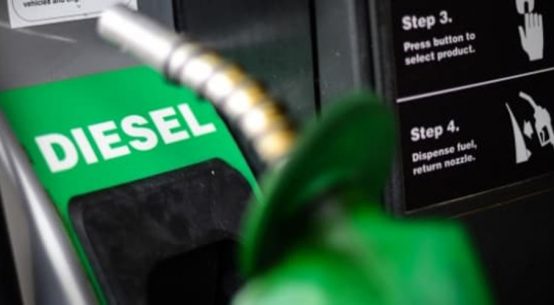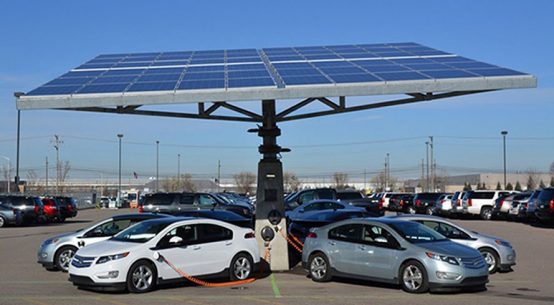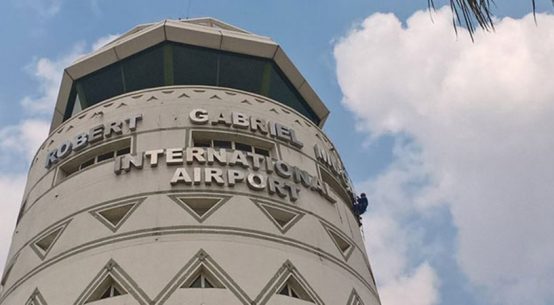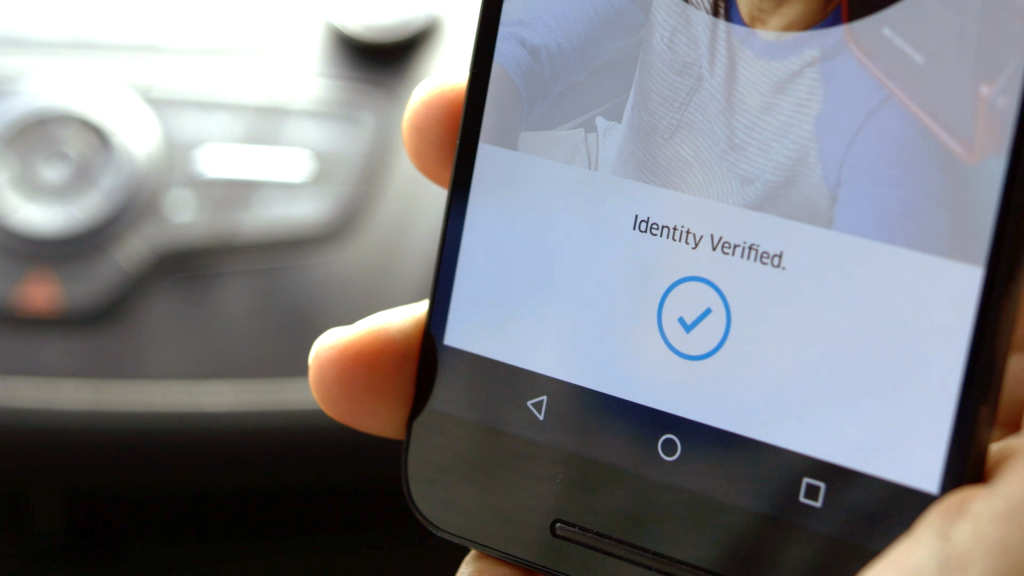
…….Facial Recognition assures riders that the person behind the wheel is the right person that has been verified. With this, fraud is prevented and drivers’ accounts are protected and not compromised.
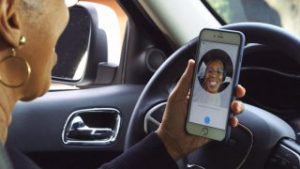
Uber has introduced real-time identification to Nigeria, Ghana, and Kenya so as to ensure optimum security. The intelligent new safety feature was introduced to driver-partners in South Africa earlier this year, and based on its success it has been introduced to other markets in Africa. The technology works by prompting driver-partners to periodically share a selfie in the app before going online and accepting rides. Uber then compares this photo to the one corresponding to the account on file.
This feature works on facial recognition technology and begins by identifying the driver’s face, then it builds a feature set by focusing on key features and compares the feature set to the validated photo Uber has on file. If the two photo’s don’t match, the account is temporarily blocked while Uber investigates the situation. This helps Uber to ensure in real time that the driver-partner using the app matches the account it has on file. Given that verification takes only a few seconds to complete, this feature proactively and efficiently builds more security into the app.
General manager for Uber sub-Saharan Africa, Alon Lits, said, “During our pilot of real-time ID check over the past few months in South Africa, we learned that more than 99 per cent of drivers were verified. This new feature makes sense as a simple act of taking a selfie is a language that people all over the world understand. This extra security feature does not inconvenience driver-partners, which is extremely important for us.
An important part of safety is verifying that the driver-partner who is picking up riders is the same person who underwent Uber’s screening process. This software feature is a result of various cutting-edge technical solutions being tried and tested in face, voice, and gesture recognition.
Real-time ID check is a phased roll-out and not all driver-partners will see this right away. It stood out on top compared to all other solutions and is an example of proactive technology that solves potential challenges before they occur.




